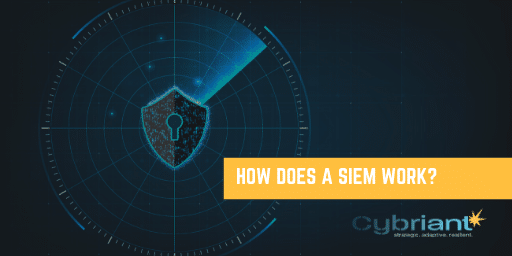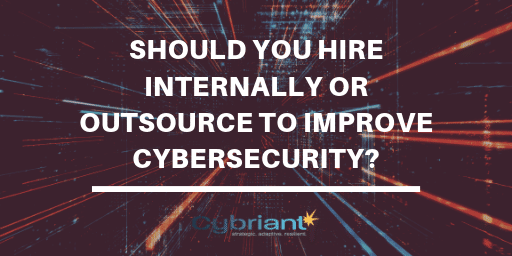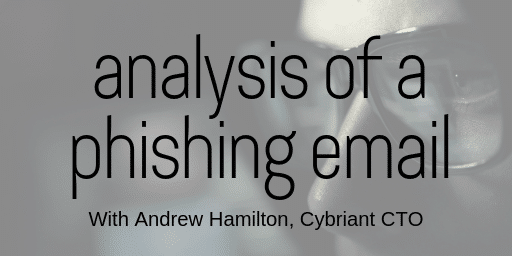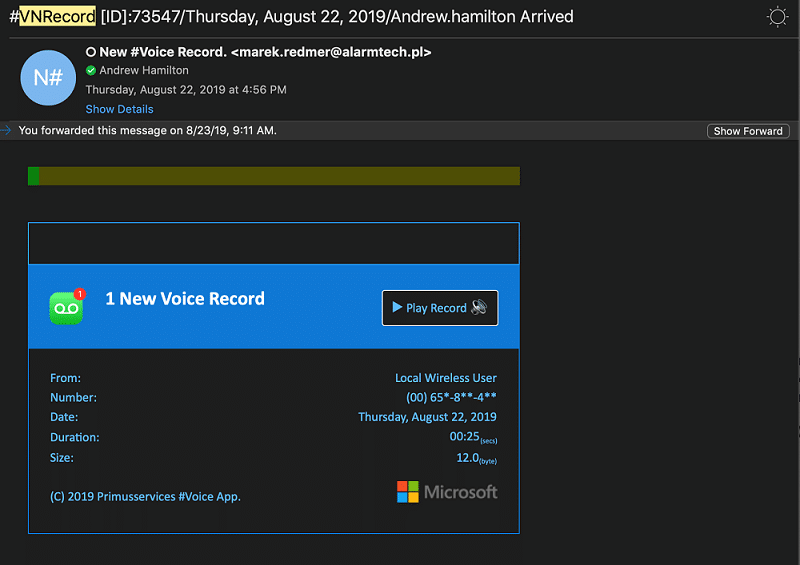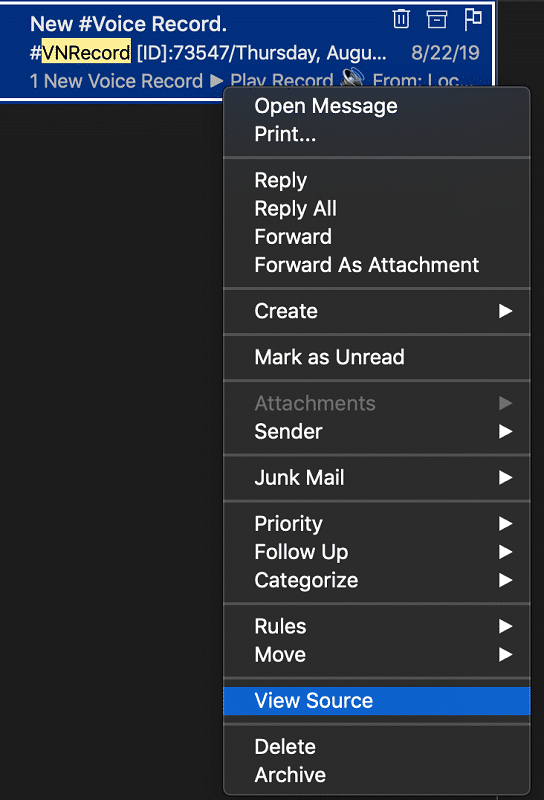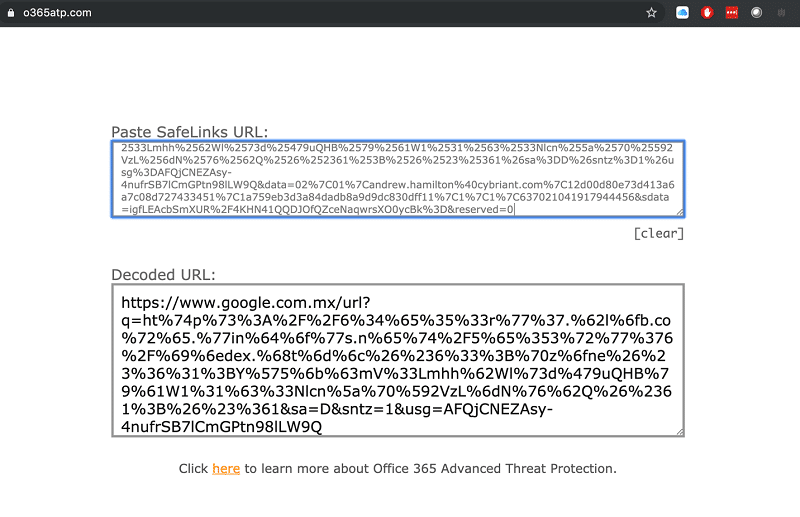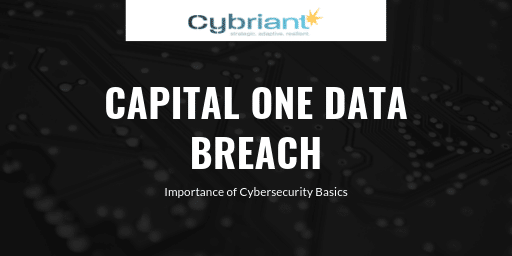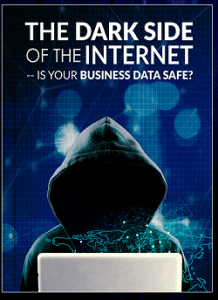
Are You Missing These Benefits of a 24/7 SOC?
Many businesses are turning to 24/7 SOC through a managed security services provider (MSSP) to protect their business. When it comes to protecting your business, there is no such thing as being too cautious. In today’s increasingly connected world, cyberattacks are becoming more and more common, and the stakes are higher than ever before.
SOC-as-a-Service
SOC-as-a-Service, or Security Operations Center (SOC) as a Service, is a remote monitoring and management service that provides around-the-clock security monitoring and incident response for organizations. A SOC as a Service can help organizations prevent, detect, and respond to cyberattacks before they cause damage.
By entrusting your security to a SOC-as-a-Service provider, you can rest assured that your business will be protected around the clock. SOC MSSPs have the resources and expertise to constantly monitor your systems for threats and respond quickly in the event of an attack.
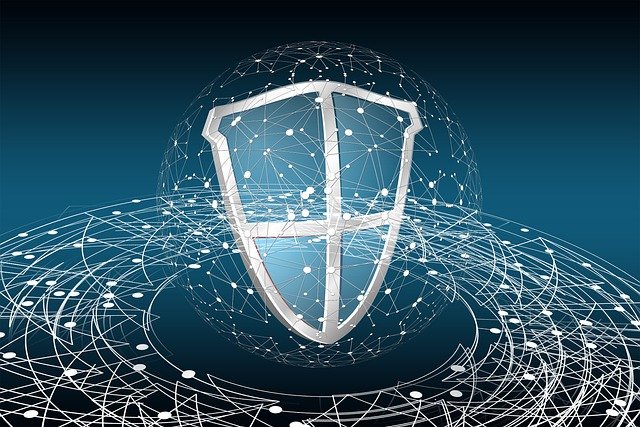
In addition, SOC-managed security services providers can help you to comply with industry regulations and protect your data from theft or loss. When it comes to safeguarding your business, MSSPs that offer 27/7 threat detection services through their SOC are essential tools.
What is a SOC?
A soc, or security operations center, is a team of security professionals that are responsible for monitoring, detecting, and responding to security threats. A SOC can be run internally by a company or it can be outsourced to a managed security services provider (MSSP).
What is an MSSP?
A managed security service provider (MSSP) is a company that provides organizations with expert security monitoring and guidance, typically on a subscription basis. MSSPs can provide a wide variety of services, from round-the-clock monitoring of an organization’s security systems to more comprehensive 00244d
that include incident response, vulnerability management, and compliance management.
Why do I need an MSSP?
There are many reasons why organizations might choose to outsource their security monitoring and management to an MSSP. One of the most common reasons is a lack of in-house expertise or resources.
Organizations may also choose to partner with an MSSP to supplement their existing security team or to free up their team to focus on other tasks.
What are the benefits of an MSSP?
Many organizations are averse to outsourcing their security to an MSSP. Why? Because they don’t want to give up control of their security or they’re concerned about the cost. However, there are several advantages to working with an MSSP, including:

24/7 Monitoring and Protection from Cyber Threats
Managed Security Service Providers (MSSPs) provide 24/7 monitoring and protection from cyber threats for organizations of all sizes.
SIEM (security information and event management) is a key technology offered as a managed security service that collects and analyzes data from multiple sources to identify potential security threats. By identifying potential threats early, managed security services can help organizations avoid costly data breaches and other damage caused by cyber-attacks.
In addition to SIEM, managed security services can also include managed firewalls, intrusion detection, and prevention systems, malware protection, and more.
Access to Expert Security Resources and Guidance
When you partner with an MSSP, you gain access to a team of security experts. These experts can help you to develop and implement effective security strategies, choose the right security technologies, and stay up-to-date on the latest security threats.
By outsourcing your cybersecurity needs to managed security service providers, organizations can benefit from the expertise of experienced cybersecurity professionals. In today’s digital world, managed security services are an essential part of protecting businesses from the ever-growing threat of cyberattacks.
Relief from the Burden of Managing Security Systems
Managing your internal security systems internally can mean multiple full-time employees, even more, so when you consider staffing around the clock. For small and medium-sized businesses, this can be a daunting task, as they may not have the resources or expertise to effectively manage their security systems.
MSSPs can take on the burden of managing an organization’s security systems, freeing up time and resources that can be better spent on other tasks. If you are considering the costs of an internal SOC vs. outsourcing to an MSSP like Cybriant, download our eBook, “Insource vs. Outsource.”
Improved Compliance with Industry Regulations
MSSPs can help organizations meet complex compliance requirements, such as those related to PCI DSS, HIPAA, and GDPR.

This can be anything from network log monitoring, vulnerability, and patch management, to security assessments. For government contractors, CMMC compliance is an up-and-coming regulation that will require a new set of requirements. Cybriant has the expertise to help guide you through any regulatory requirements.
Peace of Mind Knowing that Your Business is Being Protected by a Team of Experts
Knowing that your business is being protected by a team of experts can give you peace of mind and allow you to focus on other aspects of your business.
Cybriant’s 24/7 SOC provides a unique client portal that includes detailed reporting so you will always know the threats that have been blocked. If there is ever an issue, our team works hand in hand with your team to remediate any potential problem.
Seeing firsthand the threats that a team of 24/7 security analysts, enterprise-level technology, and threat intelligence will allow your organizations to sleep well at night.
Cost savings
What is the price for outsourcing your security services like 24/7 network monitoring, MDR, XDR, or vulnerability management? The easy answer – is it depends. Typically the cost is a low monthly fee that will be very competitive especially when you consider the cost of hiring full-time cyber security personnel.
When you factor in the cost of employee benefits, overhead, recruiting, and training it is easy to see the value in outsourcing to an MSSP.
The other cost saving that is often overlooked is the improvement to your company’s bottom line by avoiding a costly data breach or downtime caused by a malware attack on employees.
Improved Security Posture

An organization’s security posture is its current level of security. This can be assessed through a variety of factors, including the organization’s cybersecurity preparedness, vulnerability to cyberattacks, and compliance with industry regulations.
An improved security posture means that your organization has a reduced threat landscape, which means less of an opportunity for hackers to exploit vulnerabilities. In other words, your organization is better protected from cyberattacks.
Reducing your risk of cyber threats will improve your customer retention. When clients feel safe working with you, they are more likely to stay with your company, which leads to increased revenue.
Improved Productivity
Another benefit of managed security services is improved productivity. When businesses outsource their cybersecurity needs, they free up time and resources that can be better spent on other tasks.
This allows businesses to focus on their core competencies and leaves security in the hands of experts. As a result, businesses can improve their overall efficiency and bottom line.
Faster Incident Response

Mean time to threat detection (MTTD) and mean time to response (MTTR) are two important metrics when it comes to cybersecurity. MTTD is the average time it takes for a threat to be detected, while MTTR is the average time it takes to resolve an incident.
Both metrics are important because they help organizations understand how quickly they can respond to incidents. The faster an organization can detect and respond to incidents, the less damage it will suffer.
Managed security services can help reduce MTTD and MTTR because they provide 24/7 monitoring and rapid response times. This means that incidents can be detected and resolved quickly, limiting the amount of damage done.
Concerns About Cybersecurity Staffing
One of the main benefits of working with an MSSP is that it can take the burden off of your organization when it comes to staffing your cybersecurity team. An MSSP can provide the expert guidance and around-the-clock monitoring that you need to keep your systems secure without having to worry about finding and hiring qualified cybersecurity professionals.
There is a cybersecurity skills shortage, and it will continue to get worse in 2022 and beyond. Organizations are already facing cybersecurity skills shortages, with not enough people having the skills and qualifications required to keep IT systems secure from breaches and other security threats.
Adding more fuel to the fire, organizations face a growing threat from cyber criminals and nation-state hackers, whose attacks are growing “in volume and sophistication”. Source
MDR Security Services
An MSSP can also provide managed detection and response (MDR) services that can help you quickly identify and respond to security incidents. MDR services can be particularly beneficial for organizations that lack the in-house resources or expertise to effectively manage their security incidents.
MDR is an endpoint security service that uses a combination of technology and human expertise to proactively detect, investigate, and respond to security incidents. MDR services can help you to quickly identify and respond to potential threats, minimizing the damages caused.
Vulnerability Management
Another benefit of working with an MSSP is that they can help you proactively manage your security risks and vulnerabilities. MSSPs can provide vulnerability assessments, patch management, and other services that can help you to reduce the likelihood of a successful attack.
When hackers determine that your organization has not patched a known vulnerability, they are more likely to target you with an attack. This is because they know that you have not taken the necessary steps to protect yourself, and they can take advantage of this to launch a successful attack.
Proactively patching vulnerabilities can help to reduce your risk of a successful attack, and working with an MSSP can ensure that your vulnerabilities are patched quickly and effectively.
SIEM with 24/7 SOC
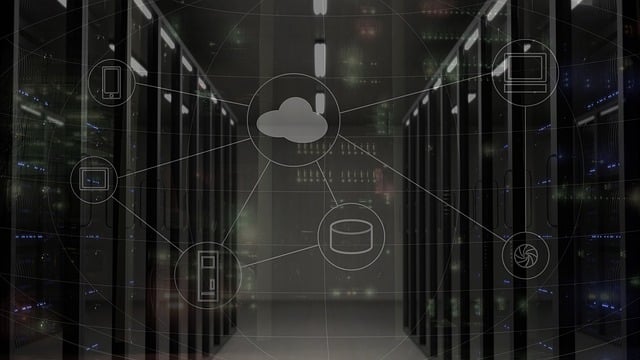
A SIEM (security information and event management) is a software platform that collects, analyzes, and reports on security-related data events. SIEMs are used to help organizations identify potential threats and respond to security incidents.
SIEMs are typically used in conjunction with other security tools, such as firewalls and intrusion detection/prevention systems (IDS/IPS). A SIEM can be deployed as a software solution or as a managed service.
A security operations center (SOC) is a team of security professionals that is responsible for monitoring and responding to security incidents. SOCs use a variety of tools and techniques to detect and respond to security threats.
The use of a SIEM can help SOCs more effectively monitor and respond to security incidents. By consolidating data from multiple security tools into a single platform, SIEMs make it easier for SOCs to identify potential threats and take appropriate action.
Conclusion – Benefits of 24/7 SOC
Organizations that don’t have an MSSP or a 24/7 SOC are at a much higher risk of suffering a data breach because they lack the around-the-clock monitoring and expert guidance that is needed to effectively identify and respond to potential threats.
Working with an MSSP can help organizations save money, improve security, meet compliance requirements, and reduce the risk of a successful attack.
An MSSP can provide the expert guidance and around-the-clock monitoring that you need to keep your systems secure without having to worry about finding and hiring qualified cybersecurity professionals. Additionally, an MSSP can help you to quickly identify and respond to potential threats, minimizing the damages caused.
The use of a SIEM can help SOCs more effectively monitor and respond to security incidents. By consolidating data from multiple security tools into a single platform, SIEMs make it easier for SOCs to identify potential threats and take appropriate action.
Overall, the biggest benefit of working with an MSSP is that they can help you to stop a breach before it happens or at the very least contain it to limit the damage. This is accomplished through around-the-clock monitoring and expert guidance that can help you quickly identify and respond to potential threats.
CybriantXDR

Cybriant combines technologies of the SIEM, MDR, and Vulnerability Management in CybriantXDR. This is a 24/7 managed security service that offers enterprise-level protection for business of all sizes.
As a result, our team can provide the expert guidance and around-the-clock monitoring that you need to keep your systems secure without having to worry about finding and hiring qualified cybersecurity professionals. Additionally, we can help you quickly identify and respond to potential threats, minimizing the damages caused.
If you’re interested in learning more about our services and how we can help you to improve your security posture, please contact us. We’d be happy to discuss your specific needs and recommend a solution that’s right for you.
Convince Your Boss You Need These Managed IT Security Services


